Nothing is close in eastern Kentucky. Schools are an hour apart, and each one can easily be an hour away from the children who go there. Walmart – the only place to buy a bike in the entire region – is an even longer drive.
In a rented pickup truck, we trekked out to Walmart on a mission: to pick out and purchase bikes for underprivileged elementary and middle school children. The bikes would be a gift from Claudette Gurley of New Hampshire, who raised money for children’s bikes in honor of a cross-country cyclist friend who recently passed away.
A surprise at school
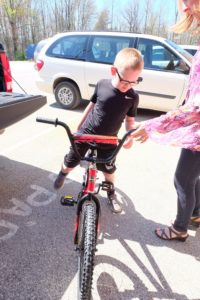 Ten bikes were slated for elementary and middle school children in Wolfe County, Kentucky. Wolfe County has a population of about 7,300 and is ranked 14th on the list of Poorest Counties in the United States. The median income for an entire household is less than $26,000 here – about half the national figure.
Ten bikes were slated for elementary and middle school children in Wolfe County, Kentucky. Wolfe County has a population of about 7,300 and is ranked 14th on the list of Poorest Counties in the United States. The median income for an entire household is less than $26,000 here – about half the national figure.
Virtually every child in the region would qualify as “underprivileged” to outside observers, so schools are staffed with resource coordinators who help them get assistance from outside agencies and non-profits like Children Incorporated.
At Campton Elementary School, the resource coordinator is Susan Lacy, who helped pick out several children to receive bikes. She said that one of her biggest challenges is ensuring that the students have enough to eat when they’re at home. The kids get one healthy meal each school day through free or reduced lunch at Campton, but on weekends and holidays, many go hungry.
Getting after-school snacks is a big deal for these kids – getting a bike was going to be unfathomable.
Susan called in the two students at Campton who were receiving the bikes so they could be the first to see their new wheels. Their shy but appreciative faces said it all – they were overwhelmed by the new presents and were clearly eager for the school day to be over so they could try them out.
After they’d had a few minutes to absorb the news, we loaded the bikes back into the truck to deliver them directly to their homes.
Living conditions
“One of her biggest challenges is ensuring that the students have enough to eat when they’re at home.”
-Susan Lacy
The next stop was Rogers Elementary, also in Wolfe County. Susan is the coordinator here as well, although the two schools are about an hour apart.
At Rogers, a brother and sister came out to see their bikes, and their excitement made us glow the whole drive to their home for the drop-off. There, we met their mother, a single mom with five children in a dilapidated trailer, surrounded by other unoccupied and often burnt-out trailers far from the main road.
Susan said this was one of the poorest areas in eastern Kentucky and that the trailers face a continual threat from fire. Even without the ubiquitous cracked and broken windows, the trailers are hard to heat in the winter and families burn huge quantities of firewood in cramped conditions, leaving the trailers at risk for out-of-control fires.
We’re glad that the children’s mother let us come here. It is truly difficult for many of the families to let anyone see their living conditions, and often, they turn down donations if a drop-off is required because they’re embarrassed by their poverty.
But, in this case, the mother beams as the bikes are delivered to her happy children.
‘Tell her I love her!’
At Red River Valley Elementary, we gave bikes to two sets of brothers. The four boys were sweet and excited, and one of them exclaimed: “I don’t know who gave us these bikes, but tell her I love her!”
All of the Children Incorporated children know they have sponsors, but the youngest don’t always understand what that means. They understand that they receive food, clothes, and gifts, but they don’t always connect those items to a specific person who has sent them. Seeing this child understand that a stranger had purchased a bike just for him was one of my warmest memories of the trip.
At the boy’s home, we handed over the bikes to his mother, who has four children and suffers from periodic strokes. Her health keeps her from working or driving, so the children have nothing much to do in rural Kentucky all summer. The bikes are a blessing for the children, who were gifted with the freedom that comes from fast wheels and the wind in your hair on a hot day.
***
HOW DO I SPONSOR A CHILD IN Kentucky?
You can sponsor a child in Kentucky in one of two ways – call our office and speak with one of our sponsorship specialists at 1-800-538-5381, or email us at sponsorship@children-inc.org.

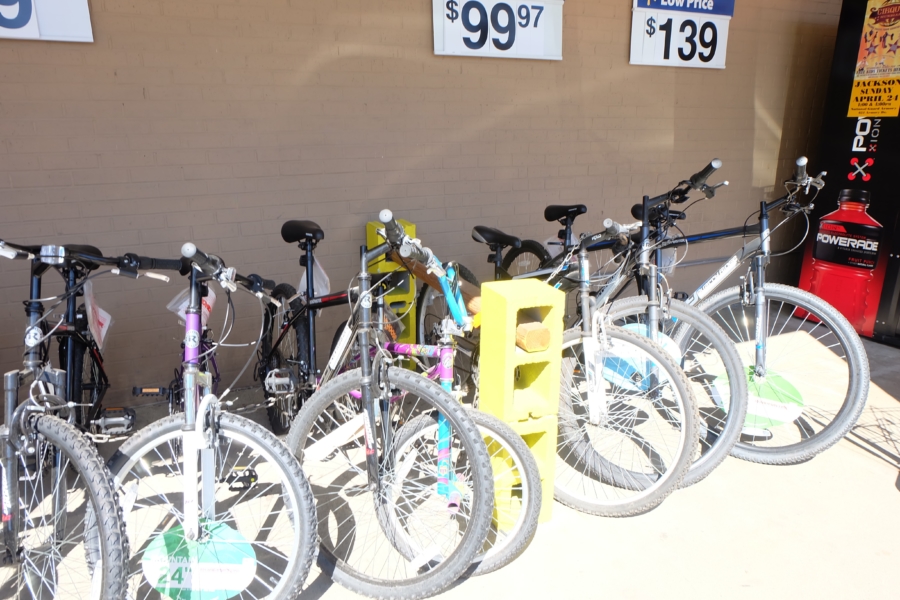
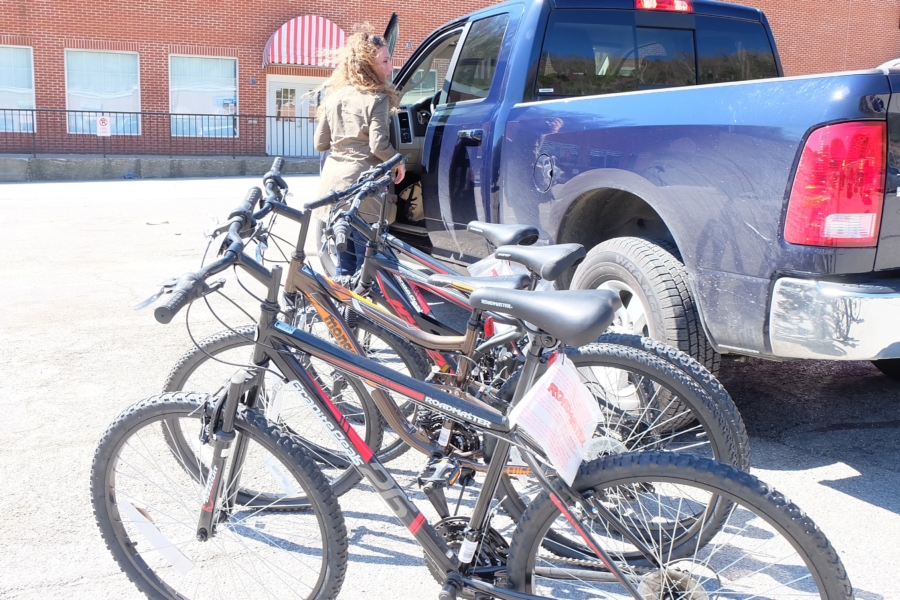
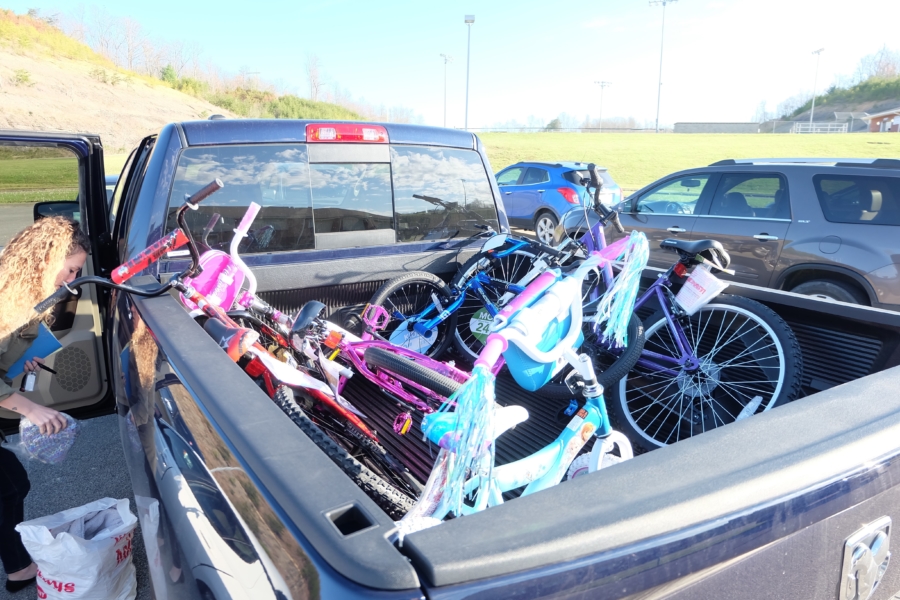
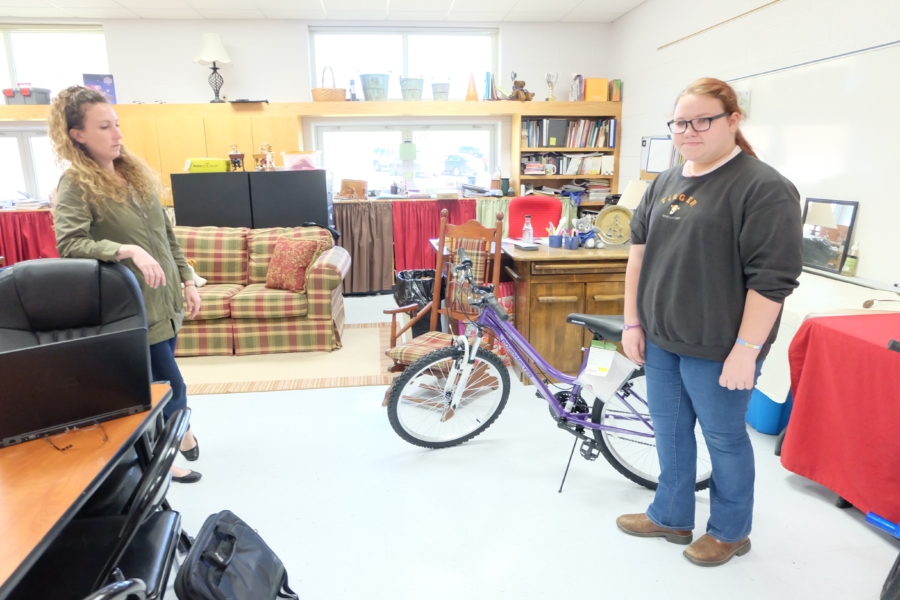

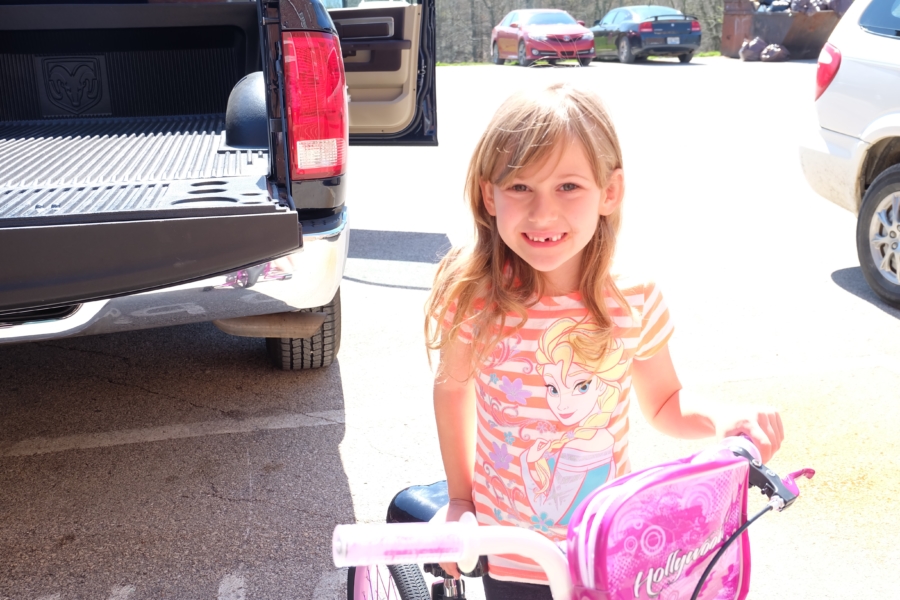
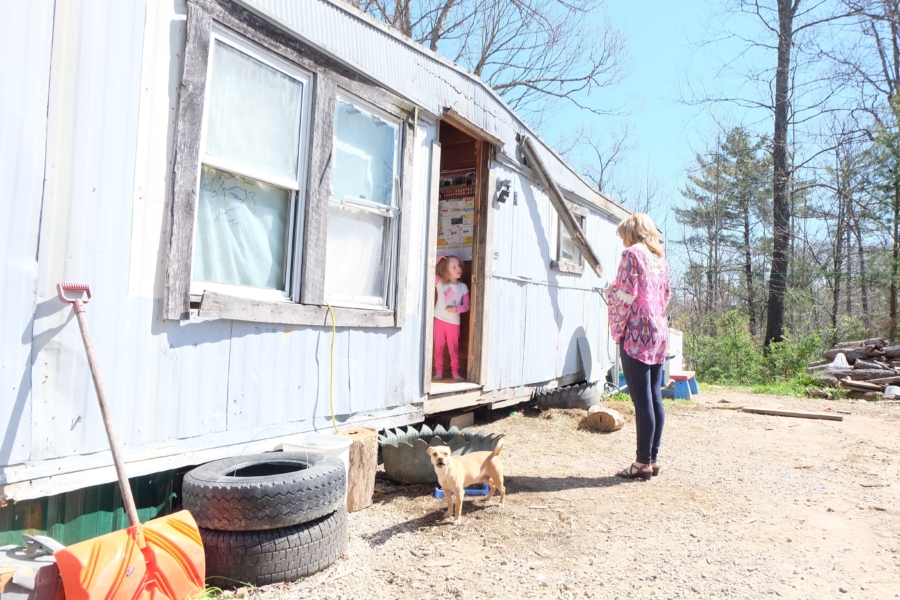
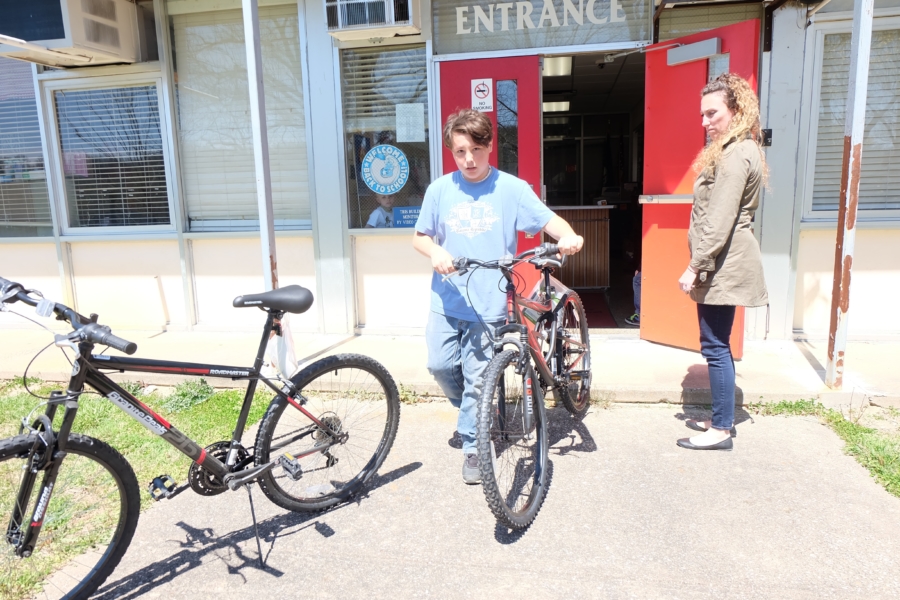
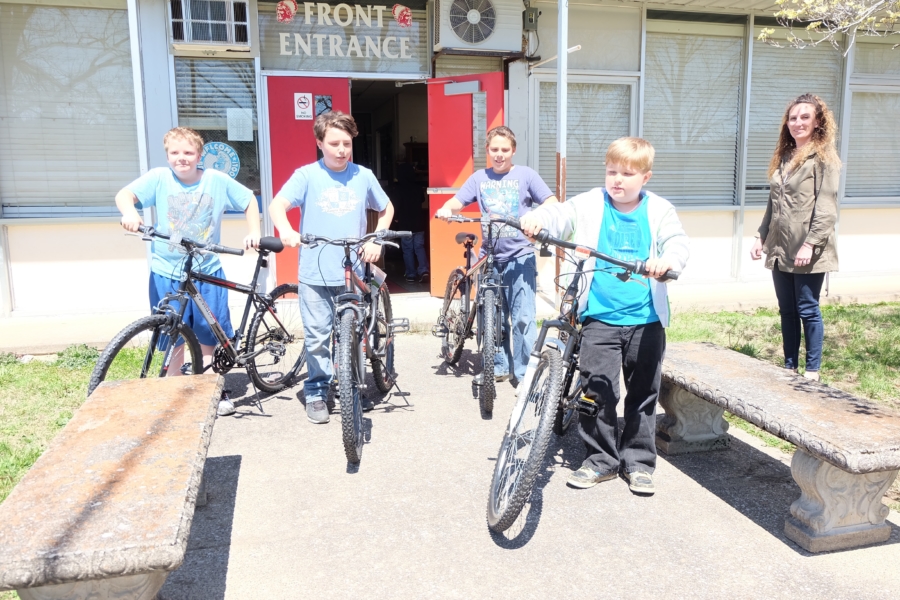
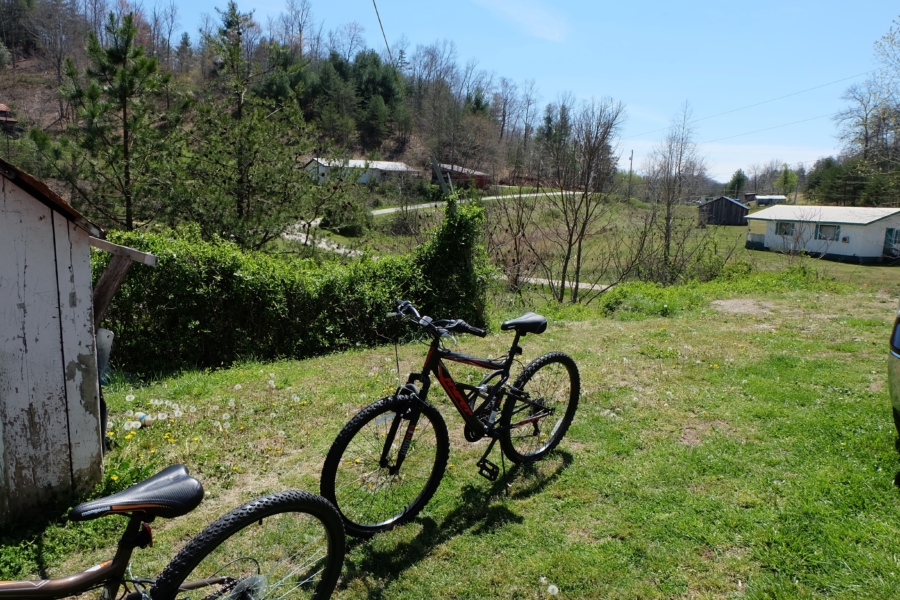
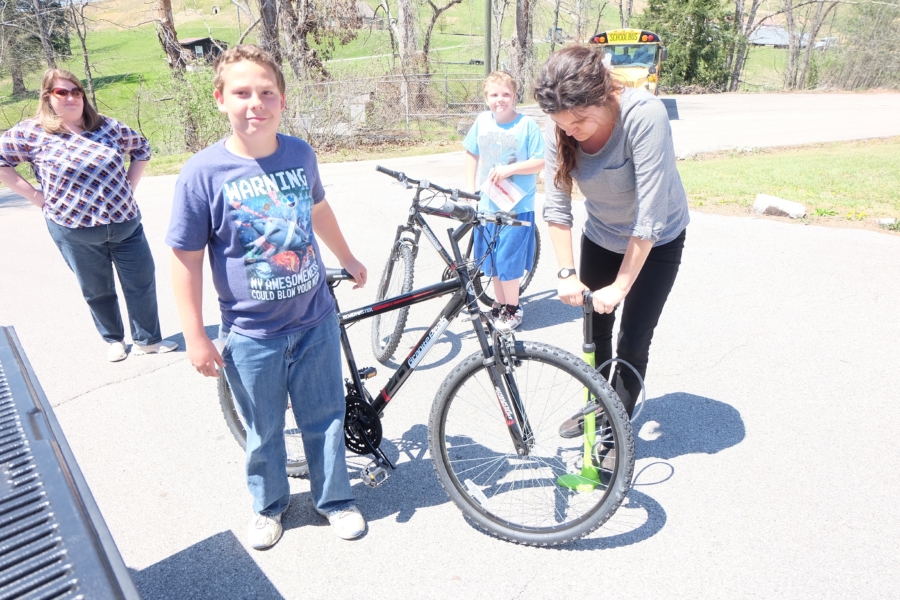
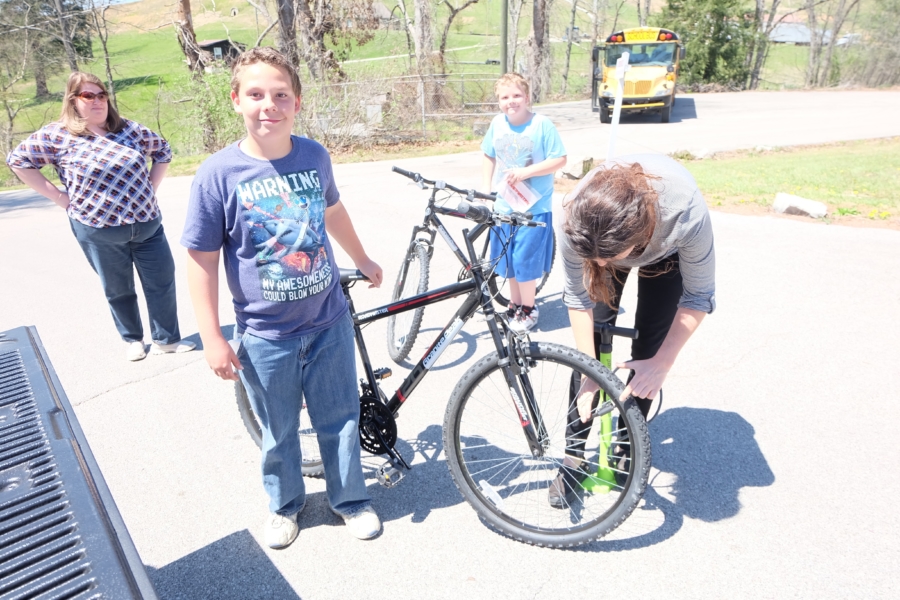
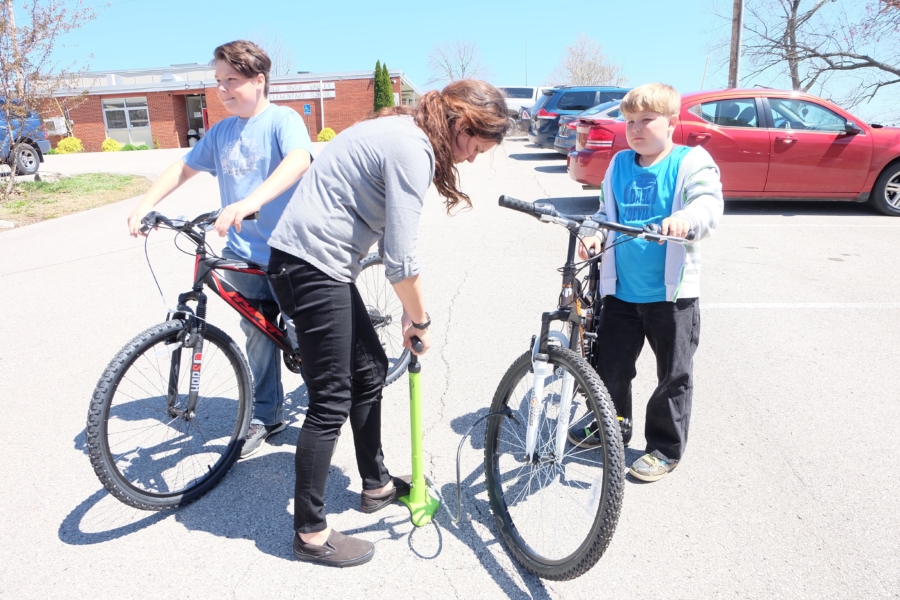
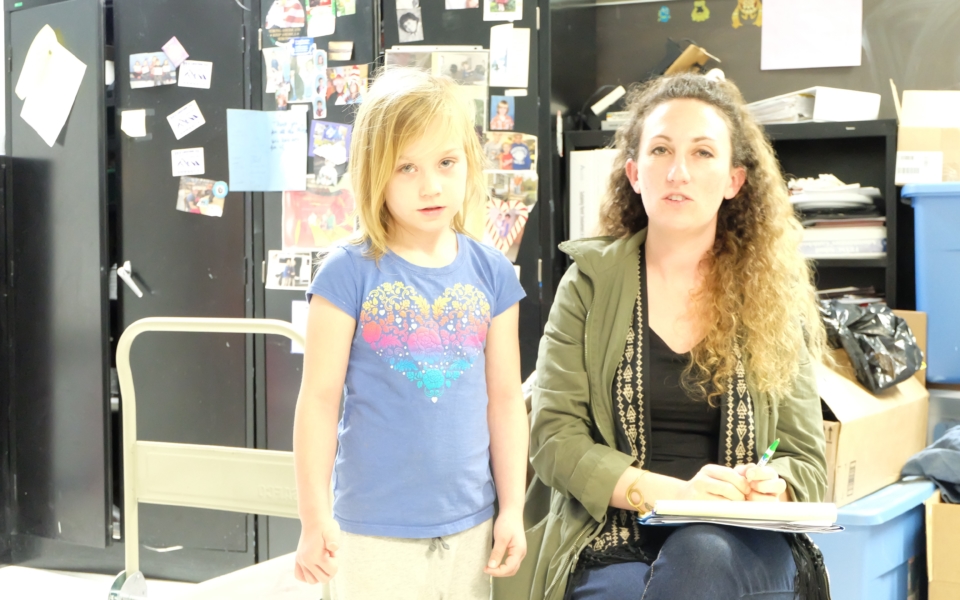
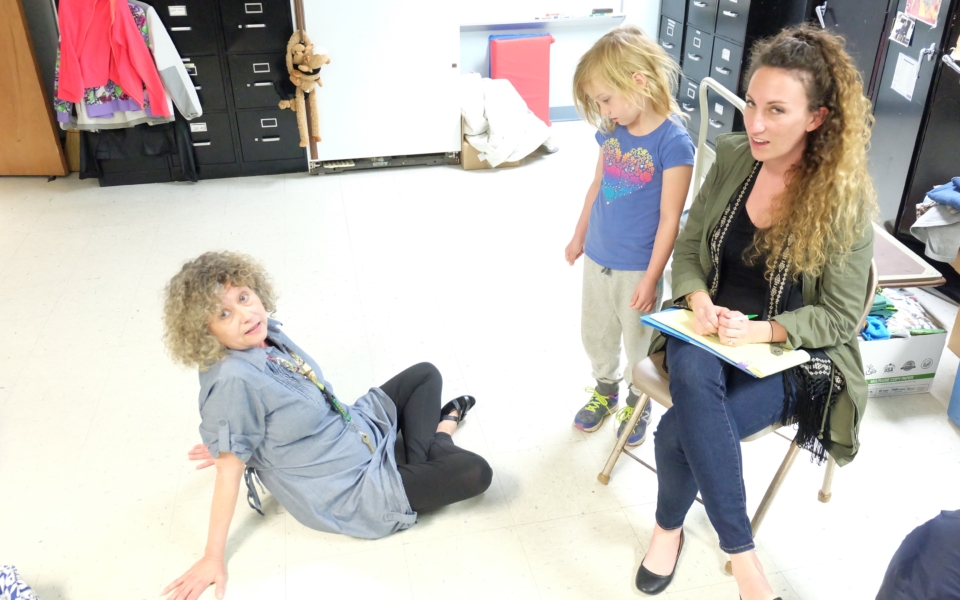
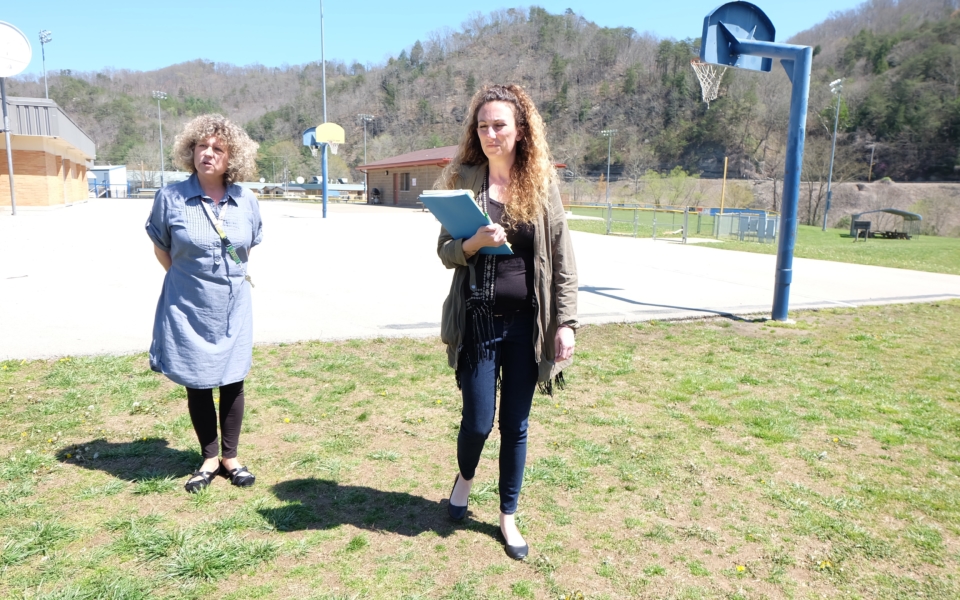
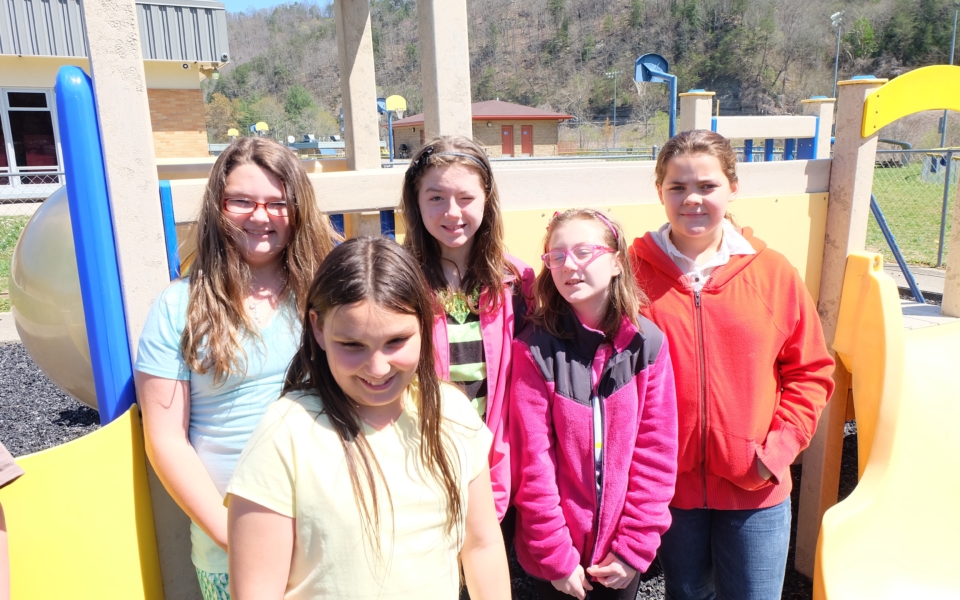
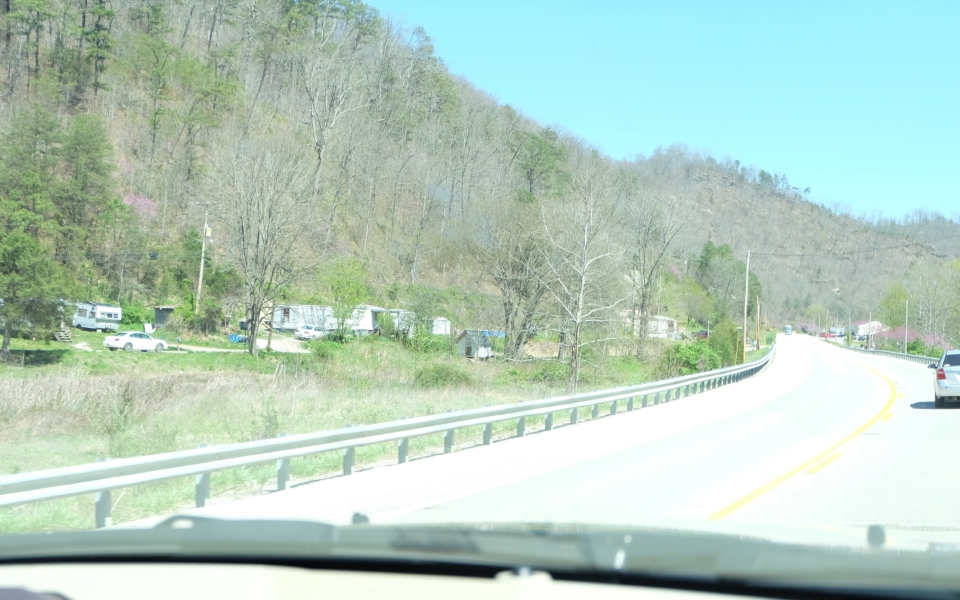
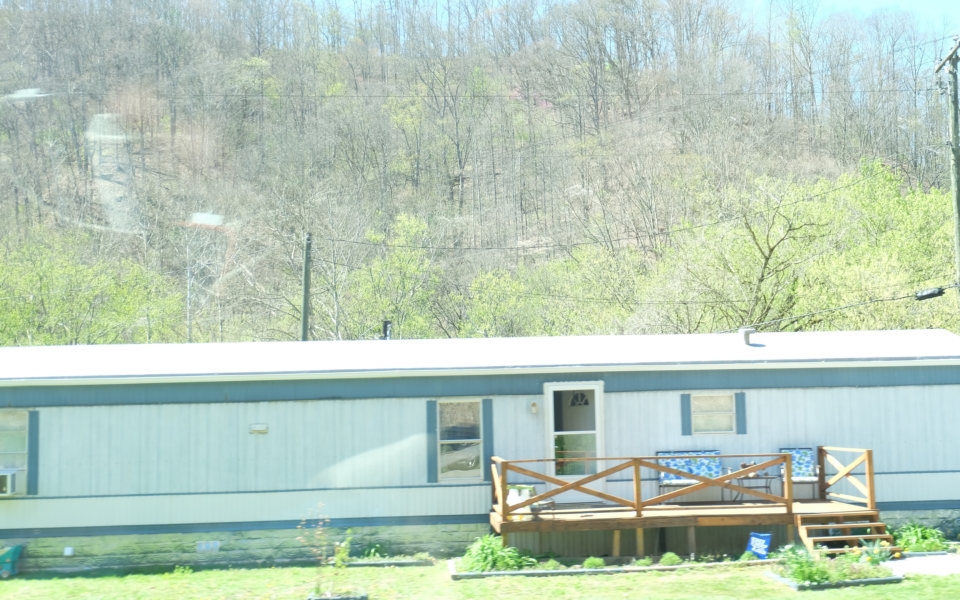
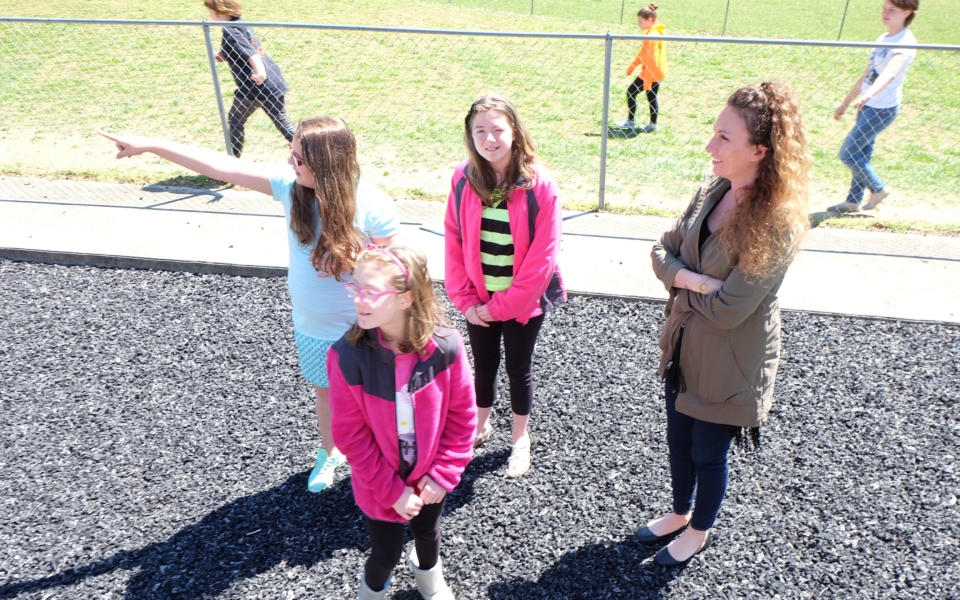
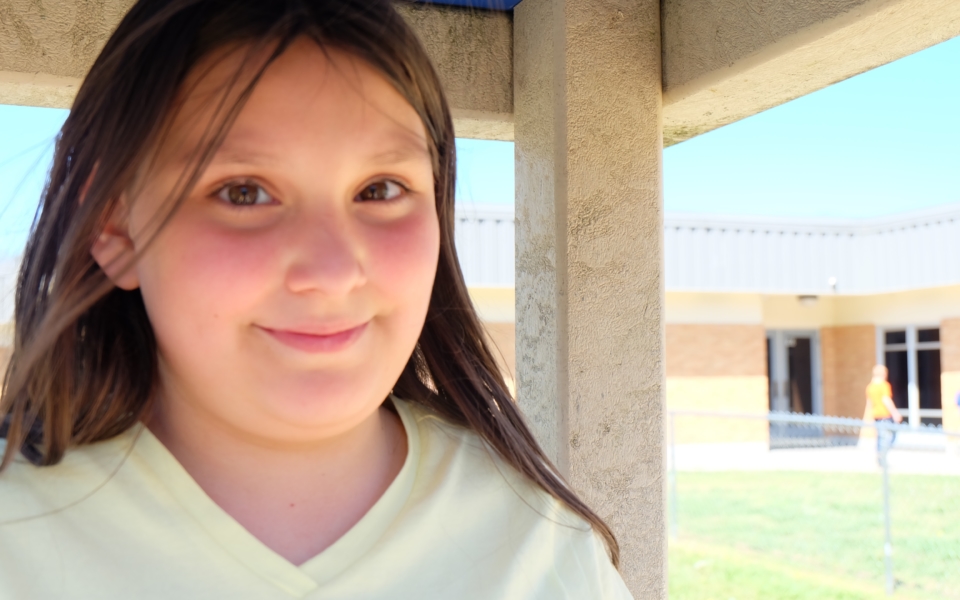

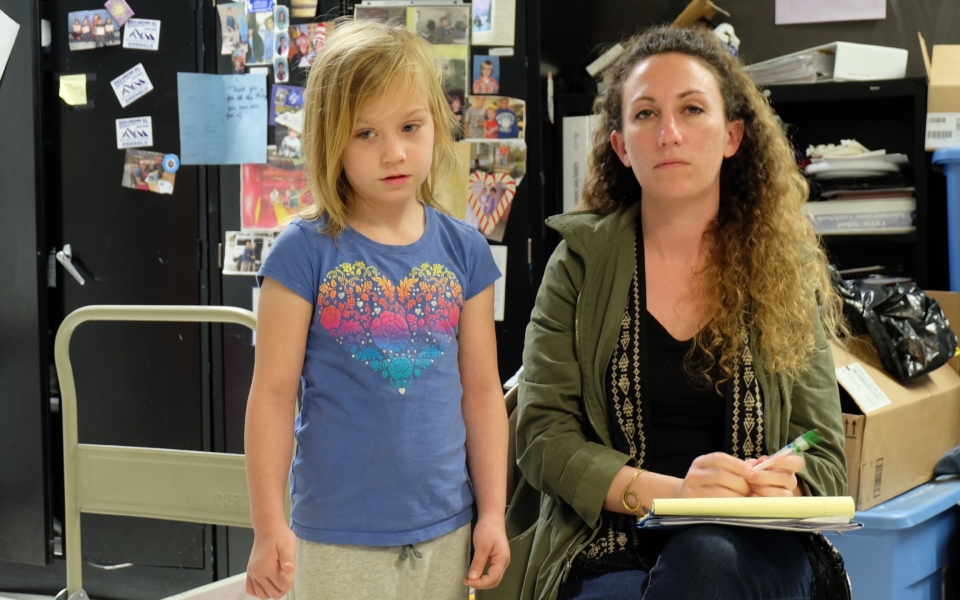
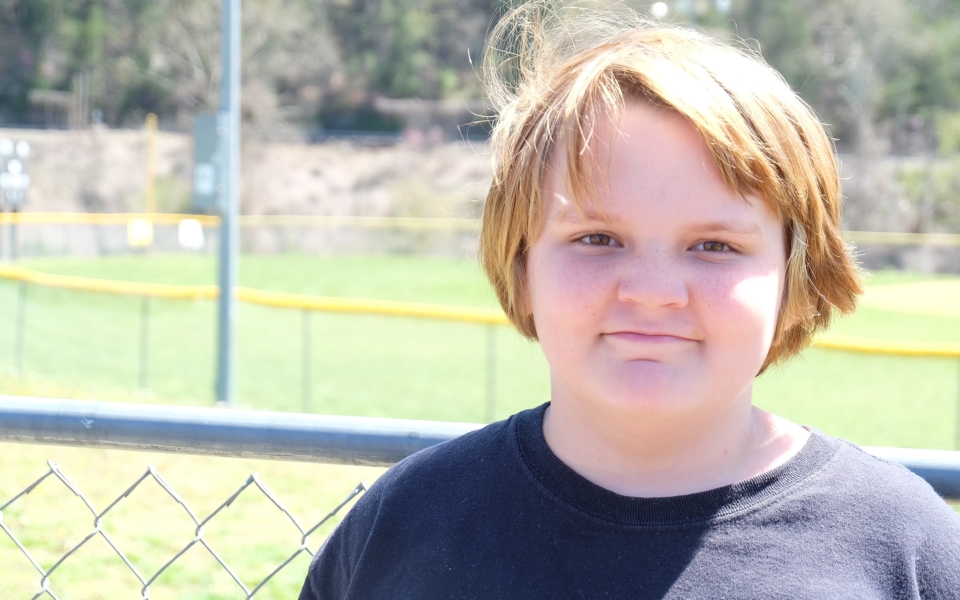
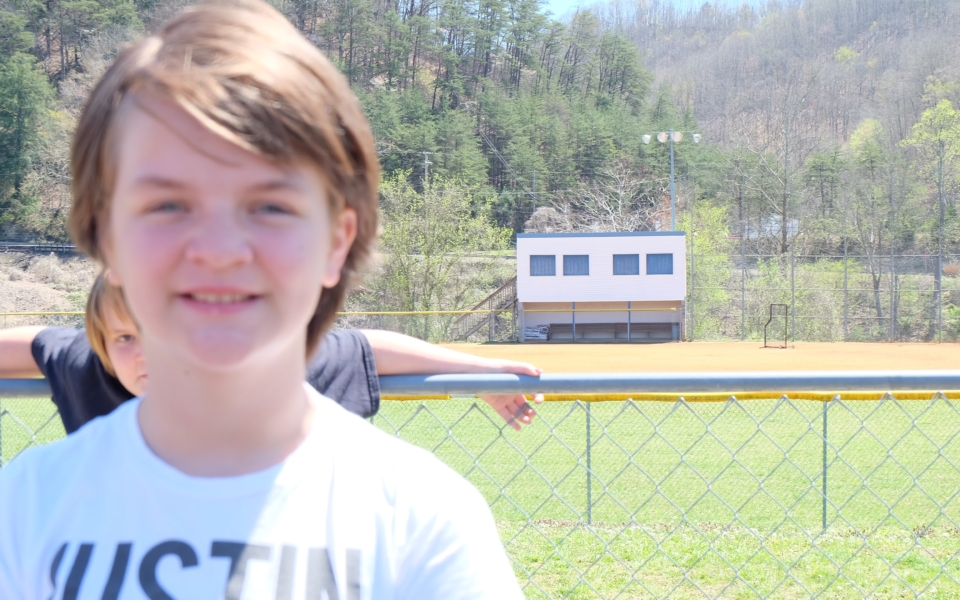
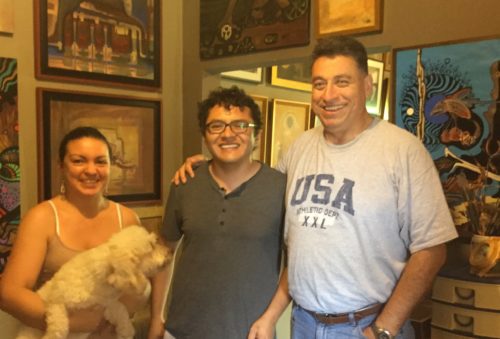
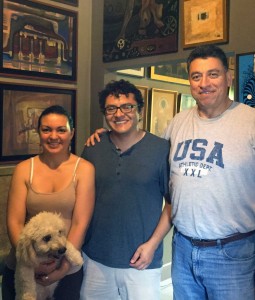
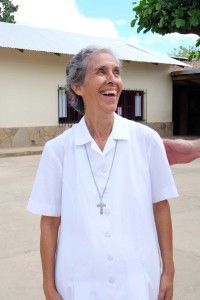
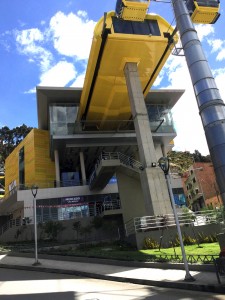 Not every place is accessible by bridge though, and automobile traffic is congested and slow. Many residents still walk because they can’t afford a car or to avoid congestion. The city introduced a cable car system in 2014 to address their needs. This system, Mi Teleférico, connects La Paz with its poorer neighbor, El Alto, the highest major city in the world, built another 1,500 feet up the mountains.
Not every place is accessible by bridge though, and automobile traffic is congested and slow. Many residents still walk because they can’t afford a car or to avoid congestion. The city introduced a cable car system in 2014 to address their needs. This system, Mi Teleférico, connects La Paz with its poorer neighbor, El Alto, the highest major city in the world, built another 1,500 feet up the mountains.